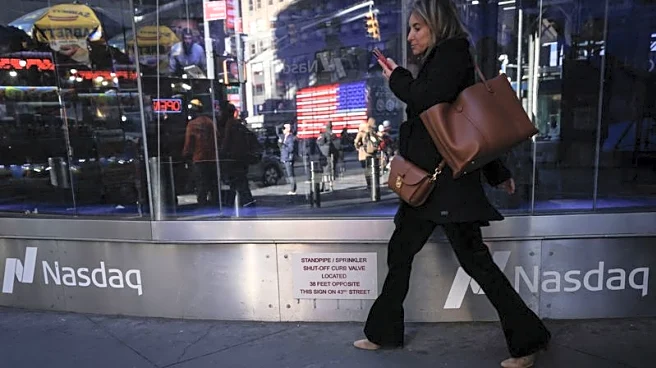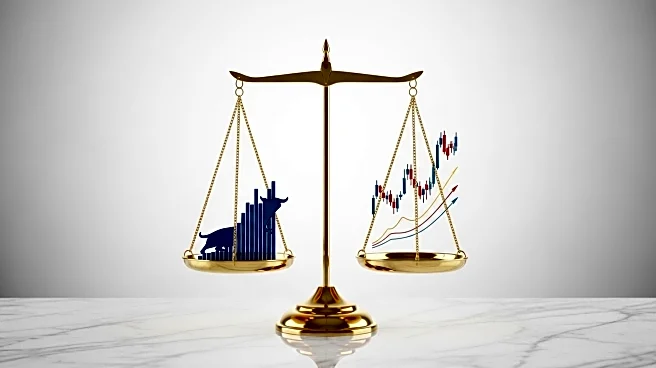What's Happening?
The consumer goods sector has experienced a significant increase in CEO turnover, with 41 CEO exits in U.S. firms in 2025, marking a 100% rise from the previous year. This trend is driven by economic uncertainty, activist investor pressure, and performance issues. The abrupt leadership changes have impacted investor confidence and strategic continuity, as seen in companies like Procter & Gamble, Unilever, and Nestlé. Unilever's stock price dropped following its CEO's unexpected departure, while Nestlé faced a similar decline after ousting CEO Mark Schneider due to underperformance. However, planned transitions, such as P&G's handover from Jon Moeller to Shailesh Jejurikar, have maintained investor confidence, highlighting the importance of communication and context in leadership changes.
Why It's Important?
The rise in CEO turnover in the consumer goods sector has significant implications for investor confidence and strategic continuity. Unforeseen CEO dismissals can lead to immediate market reactions, reflecting investor skepticism about short-term stability and operational disruption risks. Companies with high CEO turnover face challenges in maintaining long-term strategic alignment, which can affect profitability and organizational resilience. Additionally, leadership changes can reshape ESG priorities, sometimes at the expense of stakeholder trust. As firms navigate economic headwinds, transparent communication, boardroom independence, and ESG alignment are crucial to mitigating governance risks.
What's Next?
As the consumer goods sector continues to face economic challenges, companies must prioritize transparent communication and strategic planning to mitigate the risks associated with leadership changes. The next CEO transition could test organizational resilience or serve as a catalyst for reinvention. Firms may need to focus on maintaining strategic alignment and addressing ESG-related governance risks to ensure long-term stability and investor confidence.
Beyond the Headlines
The increase in CEO turnover highlights a broader tension between agility and continuity in the consumer goods sector. While leadership changes can signal a company's adaptability to economic pressures, they also introduce risks of strategic fragmentation and investor uncertainty. Companies must balance the need for agility with the importance of maintaining strategic continuity to navigate the challenges posed by tariffs, inflation, and shifting consumer preferences.












